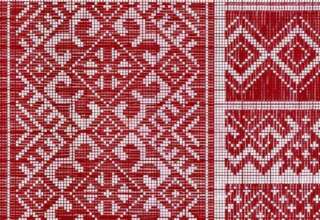
Nowadays, there are few countries, which have homogeneous cultures. Most countries are culturally pluralistic, either unintentionally or by choice. Accordingly, cultural diversity is a “given”, which was suggested as being highly desirable and a condition for the survival of humankind (Ward et al., 2001). Cultural diversity makes it complicated to discuss national culture, since this in fact is not just one culture. We may even argue that there is no national culture, but a dominant culture. The dominant culture is most often, but not always, the culture of the majority of the population. Next to the dominant culture, countries may have a range of cultural influences brought in by minority groups. In the West, these minorities are generally immigrants, at least by origin, but this is not necessarily true in other parts of the world. An alternative way to looking at the dominant culture of a country as the national culture, is making use of the average person. Thus, empirical studies, in their attempt to identify national cultures, have made use of extremely large samples and calculated mean or other indicators on cultural variables (Fischer & Schwartz, 2010; Hofstede, 2001). To some extent, the present study will make use of the notion of national culture. In those cases in which it will do so, it refers to the country’s dominant culture; a stance that is in line with the position taken by most researchers in this field.
Value orientations
The concept of “values” is most basic in the discussion of interculturality. There is an abundance of research on personal values. Values are found to be universal (Schwartz & Boehnke, 2004; Schwartz, 1992, 1994, 2006, n.d.; Weishut, 1989). However, different cultures tend to assign more or less importance to different sets of values (Akiba & Klug, 1999; Davidov et al., 2008; Hofstede, 2001; Laungani, 2002; Musil et al., 2009; Schwartz & Bardi, 2001; Schwartz & Sagie, 2000; Schwartz & Sagiv, 1995). National dissimilarities in value orientations were related to a variety of factors. Among others, they were found to influence the extent to which nations care about the well-being of current and future generations of children (Kasser, 2011). Furthermore, people of dual nationality were found to keep distinct value systems, each of which may be primed in different situations (Stelzl & Seligman, 2009).







